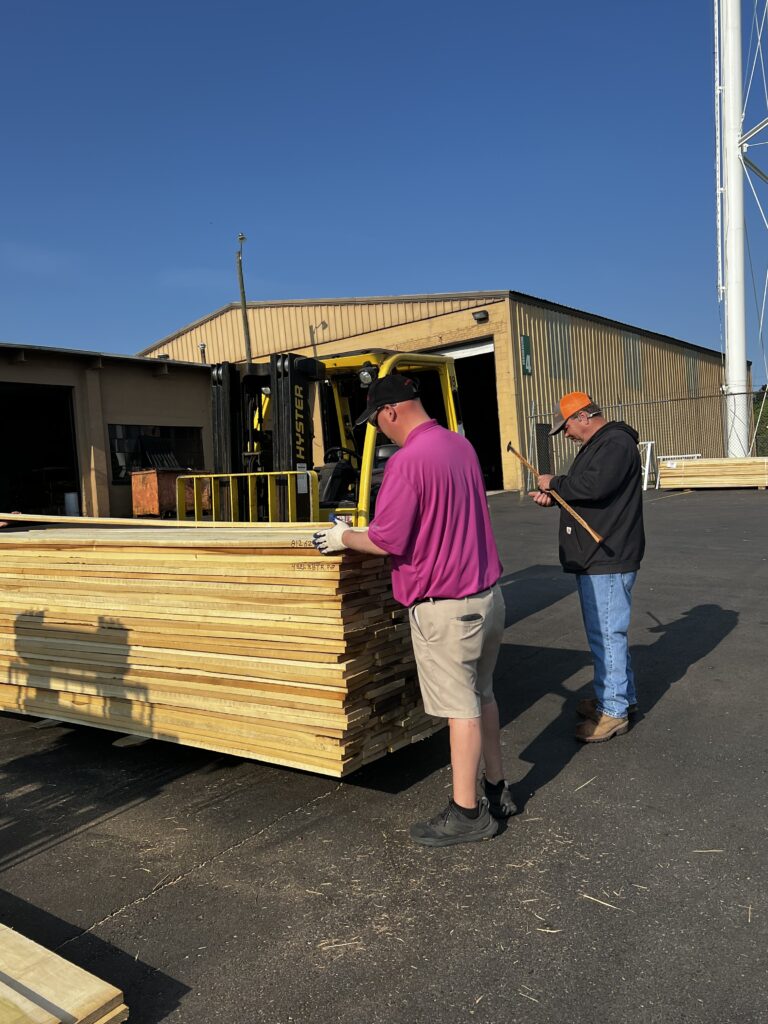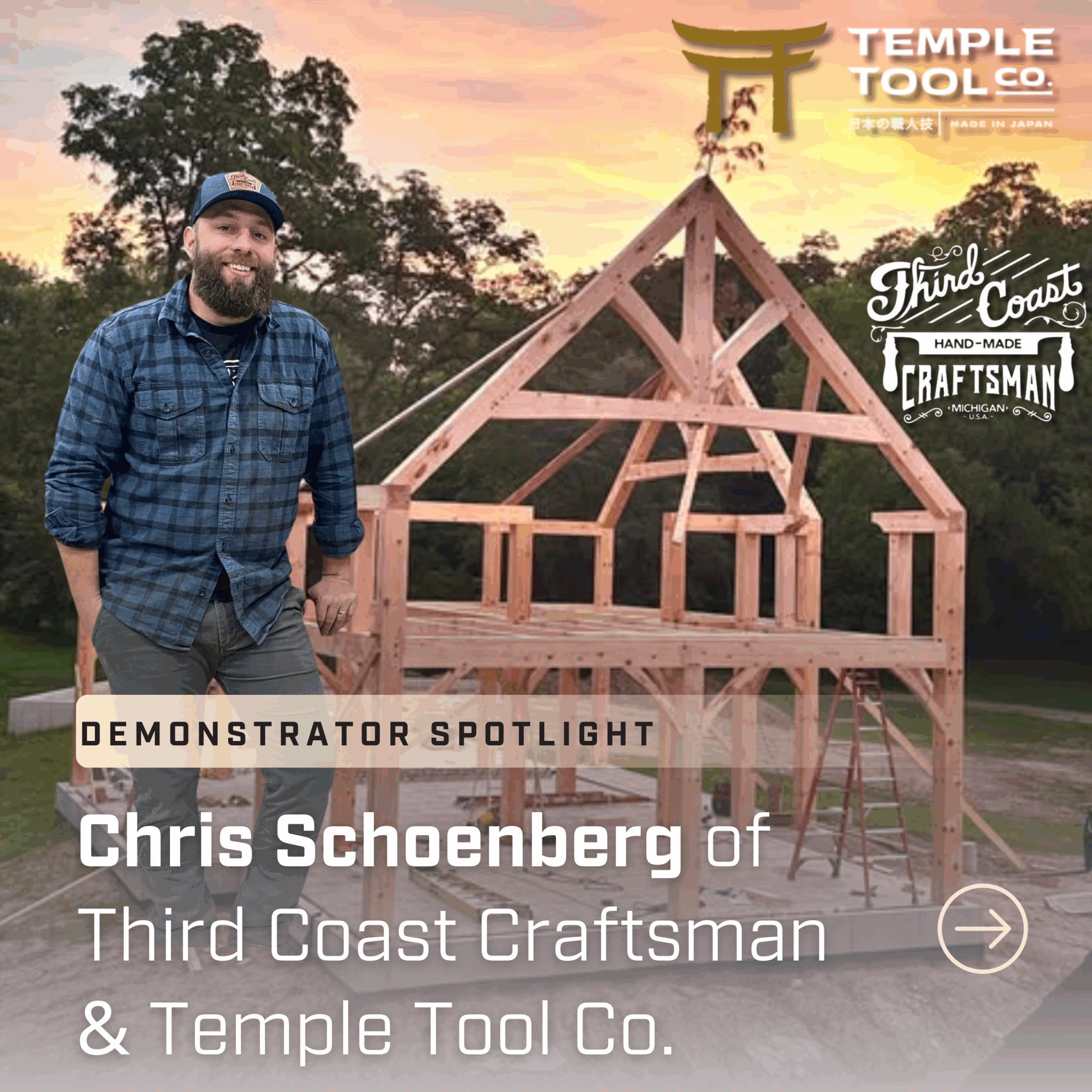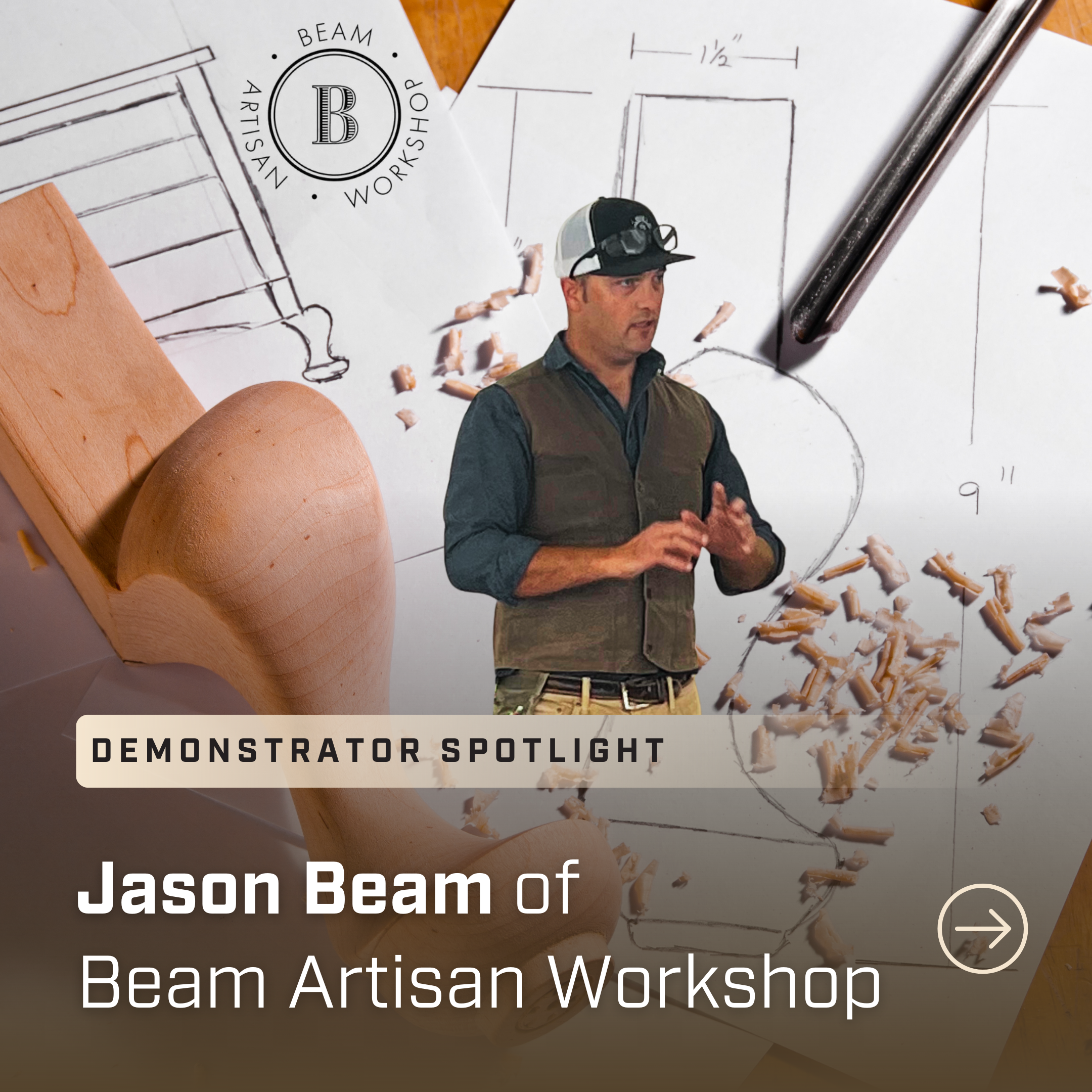Blogs
NHLA Certified Lumber: Get the Quality You Expect

At L.L. Johnson Lumber, quality matters and the National Hardwood Lumber Association (NHLA) sets the standard. Established in 1898, it has developed and continues to refine the definition of hardwood lumber quality and proper measurement techniques. It is considered the standard for all international grading requirements.
Understanding the Nature of the Wood
People, even those within the same family, have physical differences—as do trees within the same species. Products harvested from them have similar characteristics but with their own unique signatures including growth patterns and basic structure.
Trees grow conically, meaning each year a new cone of material forms over the last, producing a new growth ring. The limbs of a seedling, or young tree, do not grow up the tree but become completely covered by the new growth. Because of this, when milling a log, the highest quality comes from the outside of the log with the lowest quality coming from the inner most portion.
Grading: How NHLA Defines Quality
How do we qualify or value these fluctuating volumes and qualities? NHLA lumber grades are based upon the percentage of clear face cuttings, the side of the board that doesn’t have any listed defects, present in each board along with the varying qualities and sizes within each grade. The length and width requirements are universal regardless of the species being graded.
The NHLA recognizes several grades in order of highest to lowest quality:
- FAS (First and Seconds)
- FAS First One Face
- Selects
- #1 Common
- #2 Common
- #3a Common
- #3b Common
While these are the standard grades, there are more specialized grades to determine items such as worm holes in Soft Maple (WHAD, Worm Holes Are a Defect and WHND, Worm Holes Not a Defect). Other common defects include knots, wane (absence of usable wood fiber), checking (lineal from improper drying or seasonal from expansion and contraction), and pith (core or center of the log).
At LLJ Lumber, we sell all three major “clear face” grades (FAS First and Second), F1F (First One Face), Select & Better, and 1-Common.
Despite the requirements for measurements and the overall grading scale being universal, grading systems can vary based on the species. No grading system can be utilized to cover every aspect relating to a given lumber species, each has characteristics that must be graded in accordance to defect propensity within the genus. Grading is designed to maximize the usable resource within the specific species of lumber, thus providing the greatest value to the end user. Varying grading systems allow this to happen.
As an example, if the same grading scale were used for Poplar and Walnut, Poplar would receive a consistently higher grade (FAS, F1F, or S&B) while Walnut would grade closer to 1 and 2 common. This is due to Poplar having general clarity and color characteristics while Walnut can be very knotty.
Understanding the grading standards set by the NHLA is important, but being qualified to physically grade lumber is a vital part – and at LLJ Lumber, we do both.

Grade-Certified Lumberyards: Our Certification Process
There are about 7% of NHLA members nationwide who are grade certified through their Sustainability Verification Certificate (SVC) and we at L.L. Johnson Lumber Mfg. Co., and Johnson’s Workbench are one of three members who are grade certified in Michigan.
In June, we completed our semi-annual NHLA inspection, which was overseen by Tom Byers, a NHLA national inspector with Eric Baker attending as one of two certified LLJ inspectors. Inspections must take place in order to maintain our NHLA Certification. In the process of maintaining our NHLA certification, our inspector must grade a sample within 4% of the overall dollar value of the species graded by the national inspector. This recent inspection went very well resulting in a 0.19% comparison between the two.
Going Beyond the Minimum Standards
Even though we are only inspected twice a year, we utilize NHLA grading standards in every board we pull since it’s a minimum requirement for our lumber. Due to the quality and value our customers expect, we aim to exceed the minimum requirement when preparing orders for customers.
At times we may have lumber that makes a specific grade but does not pass the “eye test” for quality. When this happens, it is our responsibility to make sure it passes the “eye test” every single time.

“Our certification provides a tangible benefit ensuring that the product we present to our customers is at the highest level of industry standards,” says Eric Baker. “Our national inspections allow us to hone our skill while simultaneously increasing our knowledge base as a whole.”
Ensuring we maintain our certification as a sanctioned NHLA company is critical in providing the quality lumber that our customers expect. A commitment to customer service is what we at L.L. Johnson Lumber are known for and proud of. We are honored to provide quality products and services to continue our ongoing legacy of supplying “Everything for the Woodworker”.
The Art of Measurement and Pricing
In pulling lumber for a large volume order, sometimes an inspector encounters a board falling on the border line between five board feet and six. They will round up on the first borderline board and down on the next. When evaluating the board’s quality, they utilize the same rounding technique.
The Role of Aesthetics in Lumber Value
When selling or buying a single board, the variance of grade and volume must be narrowed, especially when high unit values are encountered. Rounding to the nearest board foot on $15.00 per board foot lumber creates problems. Wide foot lumber brings a higher unit piece than narrow lower quality pieces but together average to a unit price somewhere in between.
Color and grain pattern must also be taken into consideration with some species such as Cherry and Quarter Sawn Oak. All heart, all red, Cherry commands a higher price than sappy, Quarter Sawn Oak, or highly figured, dictates a higher price than Rift Sawn, or lightly figured.
Quarter Sawn Oak Lumber
Plain Sawn Cherry Lumber
Custom Sorting: When Is It Worth the Investment?
Not all lumber yards will sort to a customer’s specific requirements. Those that do, such as us at LLJ Lumber, will do so for a nominal charge. Because each log yields high and low grade products, evaluation and sorting must take place to supply customers with specific products suitable for their projects. If you are a hobbyist, you may benefit from paying for sorting. However, if you are a high-volume buyer with the capacity to store materials, buying an unsorted lot may save both time and money.
Informed Buying Makes for Better Projects
Custom evaluation and sorting carry a price so each woodworker needs to find their place in the process. Woodworkers familiar with grades and species may make informed decisions saving both time and money. In addition, as woodworkers expand their product offerings, they may use the lower value pieces in a lumber package for cabinet styles, drawer faces, and panel glue ups. Buying larger packages of lumber, rather than sorted specific items, requires less labor and expense and typically saves the purchaser money.
Closing Remarks: Prioritizing Quality and Customer Satisfaction
At LLJ Lumber we place high value on both the quality of our products and the satisfaction of our customers. By upholding the standards of the NHLA and grading every board that comes through our warehouse, we ensure our commitment to excellence holds firm. We take pride in doing things right the first time and remain steadfast in delivering quality products our customers can trust.
–Contributed by Mark Johnson, edited and formatted by Jaelyn Patton, and additional information contributed by Eric Baker
NHLA Grading Standards
(Disclosure: AI was used in this blog to form of headers and scan for grammar errors)



